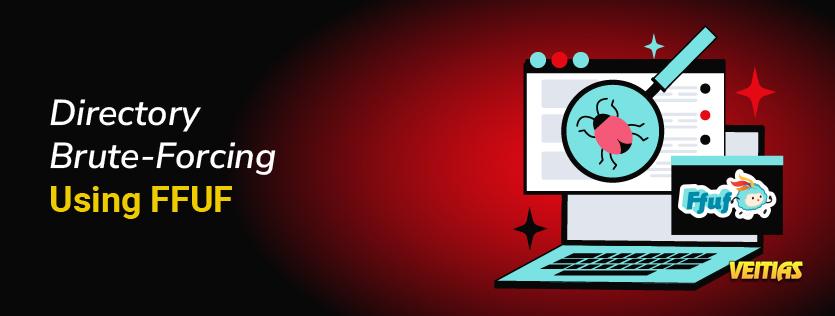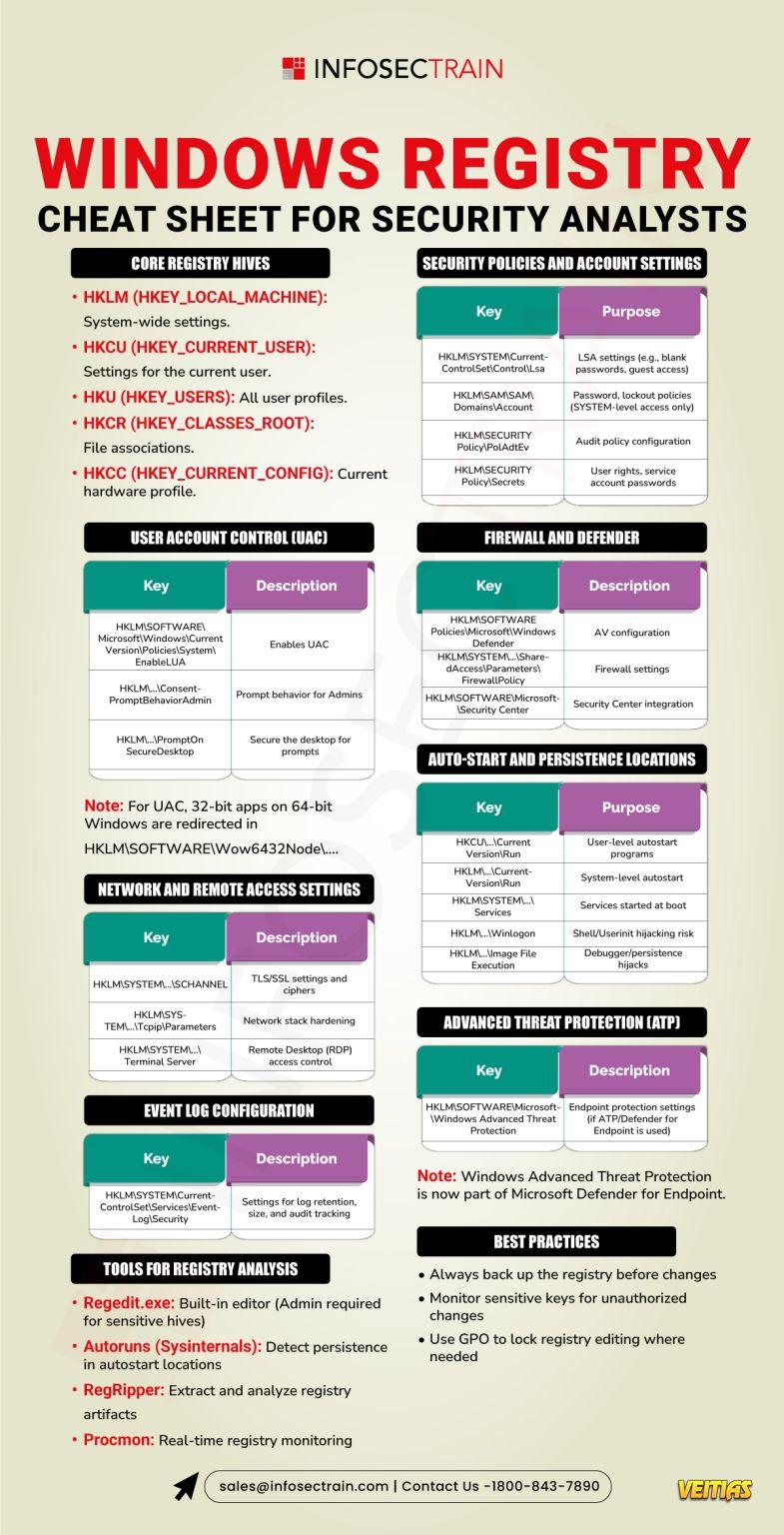𝐂𝐥𝐨𝐮𝐝 𝐬𝐞𝐜𝐮𝐫𝐢𝐭𝐲 𝐡𝐚𝐬 𝐛𝐞𝐜𝐨𝐦𝐞 𝐦𝐨𝐫𝐞 𝐭𝐡𝐚𝐧 𝐣𝐮𝐬𝐭 𝐟𝐢𝐫𝐞𝐰𝐚𝐥𝐥𝐬, 𝐢𝐭’𝐬 𝐤𝐧𝐨𝐰𝐢𝐧𝐠 𝐰𝐡𝐞𝐫𝐞 𝐲𝐨𝐮𝐫 𝐝𝐚𝐭𝐚 𝐫𝐞𝐬𝐢𝐝𝐞𝐬 𝐚𝐧𝐝 𝐡𝐨𝐰 𝐬𝐞𝐜𝐮𝐫𝐞 𝐢𝐭 𝐫𝐞𝐚𝐥𝐥𝐲 𝐢𝐬
That’s when 𝐃𝐒𝐏𝐌 (𝐃𝐚𝐭𝐚 𝐒𝐞𝐜𝐮𝐫𝐢𝐭𝐲 𝐏𝐨𝐬𝐭𝐮𝐫𝐞 𝐌𝐚𝐧𝐚𝐠𝐞𝐦𝐞𝐧𝐭) and 𝐂𝐒𝐏𝐌 (𝐂𝐥𝐨𝐮𝐝 𝐒𝐞𝐜𝐮𝐫𝐢𝐭𝐲 𝐏𝐨𝐬𝐭𝐮𝐫𝐞 𝐌𝐚𝐧𝐚𝐠𝐞𝐦𝐞𝐧𝐭) join forces as the ultimate duo.
𝐃𝐒𝐏𝐌 → Identifies and secures your sensitive data with discovery, classification, and access management.
🌩𝐂𝐒𝐏𝐌 → Maintains the security of your cloud by detecting and remediating misconfigurations, before an attacker can.
To sum it up, together they form a comprehensive security architecture protecting the both data and infrastructure in the dynamic cloud environment.
𝐑𝐞𝐚𝐝 𝐦𝐨𝐫𝐞 𝐡𝐞𝐫𝐞: https://www.infosectrain.com/blog/how-dspm-complements-cspm/
Join Infosec Train 𝐂𝐂𝐒𝐏 𝐂𝐞𝐫𝐭𝐢𝐟𝐢𝐜𝐚𝐭𝐢𝐨𝐧 𝐓𝐫𝐚𝐢𝐧𝐢𝐧𝐠 and take your cloud security expertise to the next level!
#CloudSecurity #CCSP #CyberSecurity #CSPM #DSPM #DataProtection #CloudCompliance #InfoSecTrain #CloudComputing #SecurityAwareness
That’s when 𝐃𝐒𝐏𝐌 (𝐃𝐚𝐭𝐚 𝐒𝐞𝐜𝐮𝐫𝐢𝐭𝐲 𝐏𝐨𝐬𝐭𝐮𝐫𝐞 𝐌𝐚𝐧𝐚𝐠𝐞𝐦𝐞𝐧𝐭) and 𝐂𝐒𝐏𝐌 (𝐂𝐥𝐨𝐮𝐝 𝐒𝐞𝐜𝐮𝐫𝐢𝐭𝐲 𝐏𝐨𝐬𝐭𝐮𝐫𝐞 𝐌𝐚𝐧𝐚𝐠𝐞𝐦𝐞𝐧𝐭) join forces as the ultimate duo.
𝐃𝐒𝐏𝐌 → Identifies and secures your sensitive data with discovery, classification, and access management.
🌩𝐂𝐒𝐏𝐌 → Maintains the security of your cloud by detecting and remediating misconfigurations, before an attacker can.
To sum it up, together they form a comprehensive security architecture protecting the both data and infrastructure in the dynamic cloud environment.
𝐑𝐞𝐚𝐝 𝐦𝐨𝐫𝐞 𝐡𝐞𝐫𝐞: https://www.infosectrain.com/blog/how-dspm-complements-cspm/
Join Infosec Train 𝐂𝐂𝐒𝐏 𝐂𝐞𝐫𝐭𝐢𝐟𝐢𝐜𝐚𝐭𝐢𝐨𝐧 𝐓𝐫𝐚𝐢𝐧𝐢𝐧𝐠 and take your cloud security expertise to the next level!
#CloudSecurity #CCSP #CyberSecurity #CSPM #DSPM #DataProtection #CloudCompliance #InfoSecTrain #CloudComputing #SecurityAwareness
𝐂𝐥𝐨𝐮𝐝 𝐬𝐞𝐜𝐮𝐫𝐢𝐭𝐲 𝐡𝐚𝐬 𝐛𝐞𝐜𝐨𝐦𝐞 𝐦𝐨𝐫𝐞 𝐭𝐡𝐚𝐧 𝐣𝐮𝐬𝐭 𝐟𝐢𝐫𝐞𝐰𝐚𝐥𝐥𝐬, 𝐢𝐭’𝐬 𝐤𝐧𝐨𝐰𝐢𝐧𝐠 𝐰𝐡𝐞𝐫𝐞 𝐲𝐨𝐮𝐫 𝐝𝐚𝐭𝐚 𝐫𝐞𝐬𝐢𝐝𝐞𝐬 𝐚𝐧𝐝 𝐡𝐨𝐰 𝐬𝐞𝐜𝐮𝐫𝐞 𝐢𝐭 𝐫𝐞𝐚𝐥𝐥𝐲 𝐢𝐬🔐
➡️ That’s when 𝐃𝐒𝐏𝐌 (𝐃𝐚𝐭𝐚 𝐒𝐞𝐜𝐮𝐫𝐢𝐭𝐲 𝐏𝐨𝐬𝐭𝐮𝐫𝐞 𝐌𝐚𝐧𝐚𝐠𝐞𝐦𝐞𝐧𝐭) and 𝐂𝐒𝐏𝐌 (𝐂𝐥𝐨𝐮𝐝 𝐒𝐞𝐜𝐮𝐫𝐢𝐭𝐲 𝐏𝐨𝐬𝐭𝐮𝐫𝐞 𝐌𝐚𝐧𝐚𝐠𝐞𝐦𝐞𝐧𝐭) join forces as the ultimate duo.
💾𝐃𝐒𝐏𝐌 → Identifies and secures your sensitive data with discovery, classification, and access management.
🌩𝐂𝐒𝐏𝐌 → Maintains the security of your cloud by detecting and remediating misconfigurations, before an attacker can.
✅ To sum it up, together they form a comprehensive security architecture protecting the both data and infrastructure in the dynamic cloud environment.
👉 𝐑𝐞𝐚𝐝 𝐦𝐨𝐫𝐞 𝐡𝐞𝐫𝐞: https://www.infosectrain.com/blog/how-dspm-complements-cspm/
🎓 Join Infosec Train 𝐂𝐂𝐒𝐏 𝐂𝐞𝐫𝐭𝐢𝐟𝐢𝐜𝐚𝐭𝐢𝐨𝐧 𝐓𝐫𝐚𝐢𝐧𝐢𝐧𝐠 and take your cloud security expertise to the next level!
#CloudSecurity #CCSP #CyberSecurity #CSPM #DSPM #DataProtection #CloudCompliance #InfoSecTrain #CloudComputing #SecurityAwareness
0 Commentarii
0 Distribuiri
1302 Views
0 previzualizare










